Not Just a Mask: Jim Carrey’s War Against Silence; One Brushstroke at a Time
✨️ Rerun from July 2024✨️

Jim Carrey, one of the most protean and influential entertainers of his era, has moved audiences from convulsive laughter to profound reflection for over four decades. Rising from Canadian stand-up stages to become a global comedy superstar, Carrey has defied typecasting, undertaking roles that traverse slapstick, drama, and psychological introspection. In recent years, his reinvention as a contemporary artist, particularly through bold, satirical paintings, has drawn critical attention and debate. Carrey’s body of work, on screen and canvas alike, interrogates pain, resilience, and the spectacle of American celebrity, while channeling personal trauma into urgent, visually arresting statements (Ryzik; Knight).
James Eugene Carrey was born January 17, 1962, in Newmarket, Ontario, Canada. His upbringing was shaped by hardship and instability: after his father, Percy Carrey, lost his job as an accountant, the family endured months of homelessness, living in a Volkswagen van and working as overnight janitors at a tire factory to survive (Jim Carrey Biography, Britannica; Itzkoff). Carrey, the youngest of four, used impersonations and comedic performances to boost his family’s morale, crafting early routines inspired by Jerry Lewis and Dick Van Dyke.
Carrey dropped out of Aldershot High School at age sixteen to pursue comedy, developing his act at Toronto’s Yuk Yuk’s club. Despite initial struggles, his act was once described as “disastrous” and “too frenetic” for Canadian audiences, he persisted, refining an uncanny gift for mimicry and physical comedy (Hornaday). His tenacity paid off; by age nineteen, Carrey was opening for established comics like Rodney Dangerfield, and he soon relocated to Los Angeles, making his U.S. debut at The Comedy Store. In 1983, he made his first appearance on The Tonight Show Starring Johnny Carson, confirming his arrival on the North American comedy circuit (Itzkoff).

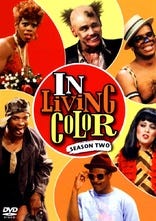

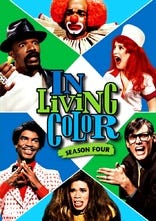
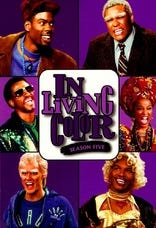
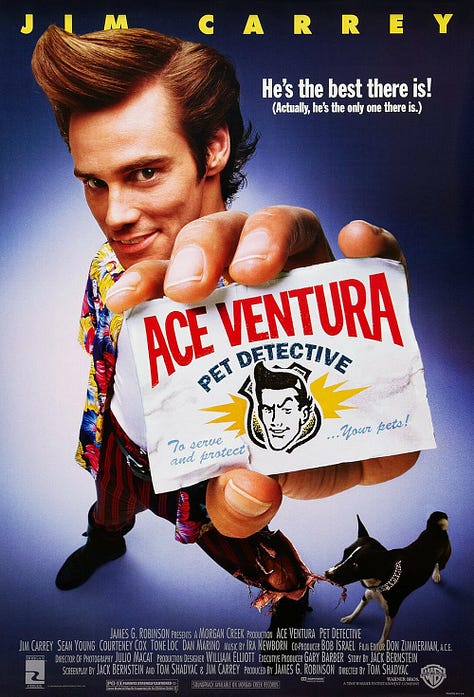
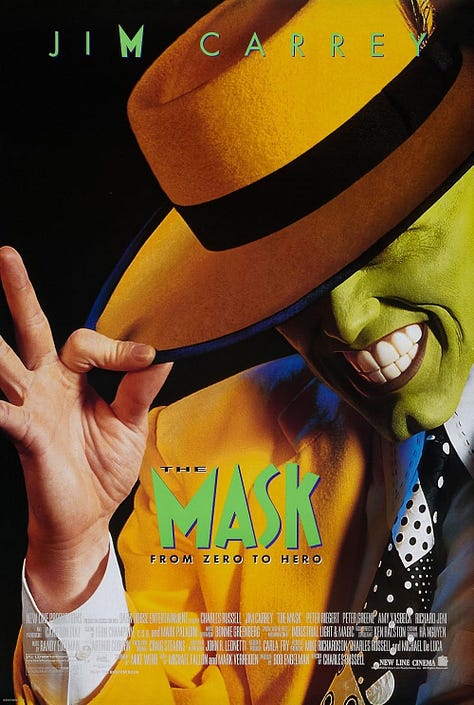
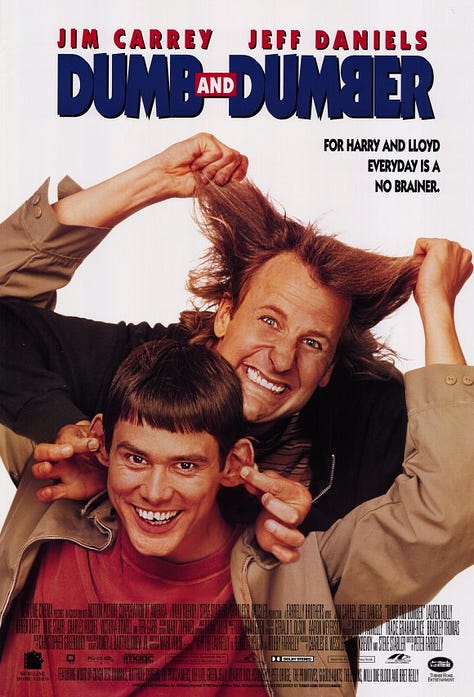
Carrey’s early Hollywood career included small parts in Duck Factory (1984), Peggy Sue Got Married (1986), and the horror-comedy Once Bitten (1985), but his signature breakthrough came with Fox’s sketch series In Living Color (1990–1994), created by Keenen Ivory Wayans. There, Carrey’s outlandish characters, most famously Fire Marshal Bill and Vera de Milo, showcased his physical elasticity and manic energy (Hornaday). In Living Color launched Carrey into stardom, and 1994 proved a watershed: Ace Ventura: Pet Detective, The Mask, and Dumb and Dumber each became global box office hits. Carrey’s performance in The Mask (1994), blending special effects and vaudevillian rubber-face antics, won him his first Golden Globe nomination (Ebert).
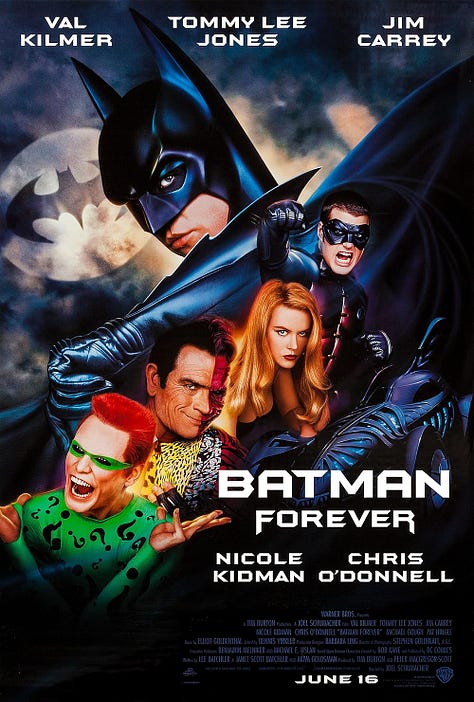

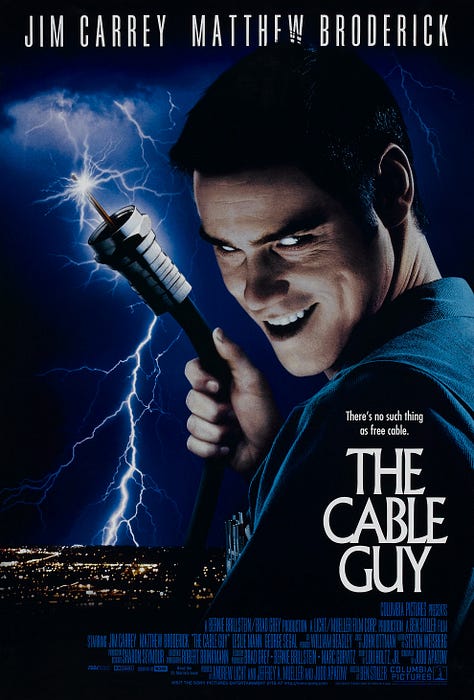
Carrey’s next films consolidated his superstardom: Batman Forever (1995), where he played The Riddler opposite Val Kilmer’s Batman, and Liar Liar (1997), which earned him another Golden Globe nomination. The Cable Guy (1996) made headlines for his unprecedented $20 million salary, signaling Carrey’s ascent to the highest echelons of Hollywood’s A-list (Itzkoff; Hornaday).
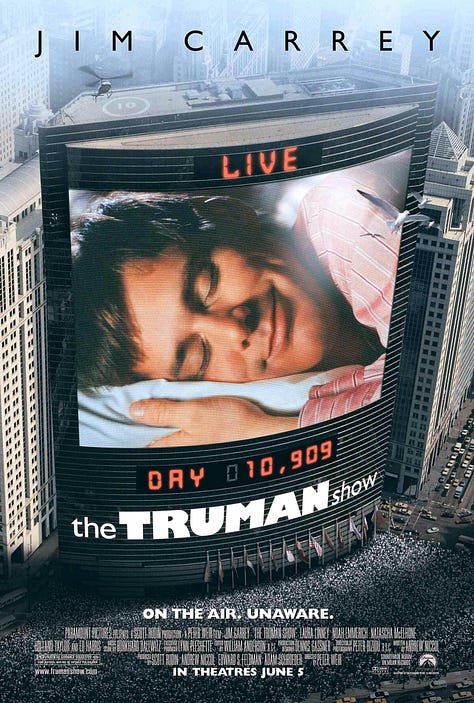


In 1998, Carrey defied expectations with The Truman Show, Peter Weir’s drama about a man unknowingly living inside a constructed reality. The role won Carrey a Golden Globe for Best Actor in a Drama and wide critical acclaim for his nuanced, restrained performance. He followed this with Man on the Moon (1999), a biopic about performance artist Andy Kaufman, for which he received his second Golden Globe. Carrey’s immersive, sometimes controversial method acting was chronicled in the 2017 Netflix documentary Jim & Andy: The Great Beyond (Bahr).
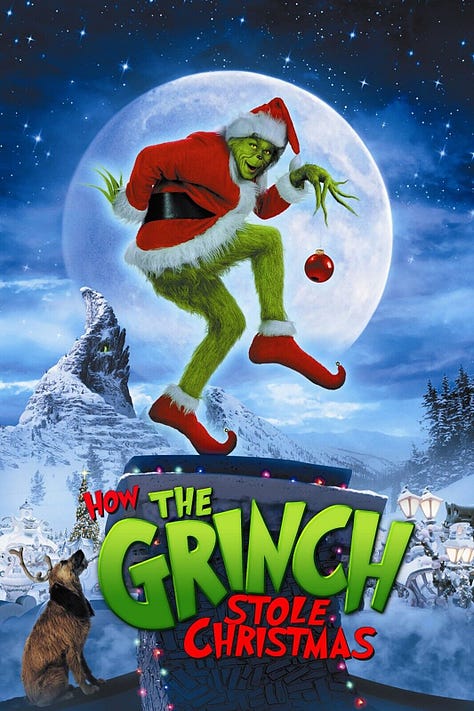

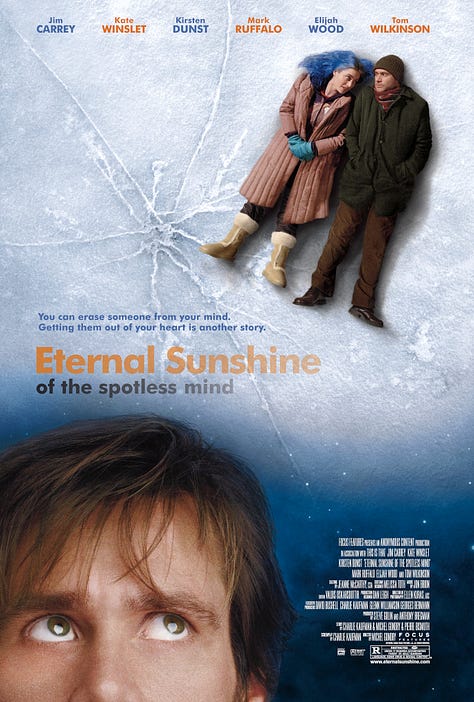
Carrey’s 2000s highlights include How the Grinch Stole Christmas (2000), Bruce Almighty (2003), and the indie favorite Eternal Sunshine of the Spotless Mind (2004), directed by Michel Gondry. In Eternal Sunshine, Carrey’s portrayal of Joel Barish, a man attempting to erase the memories of a failed romance, was widely praised as one of his most vulnerable and affecting performances (Ebert; Hornaday).

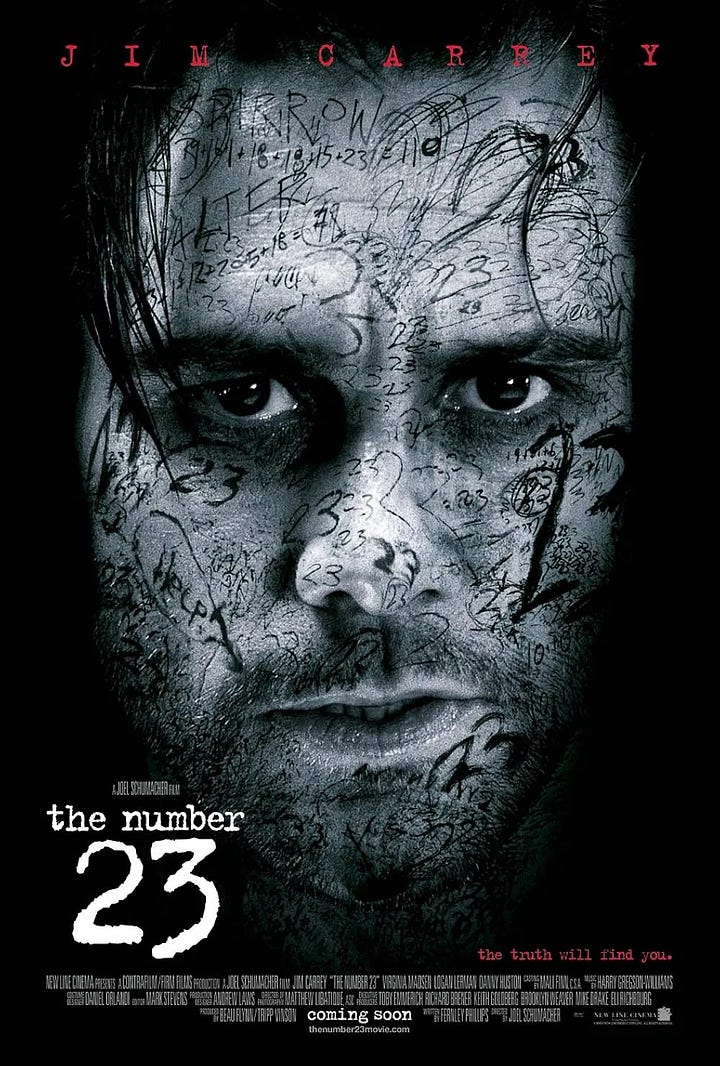

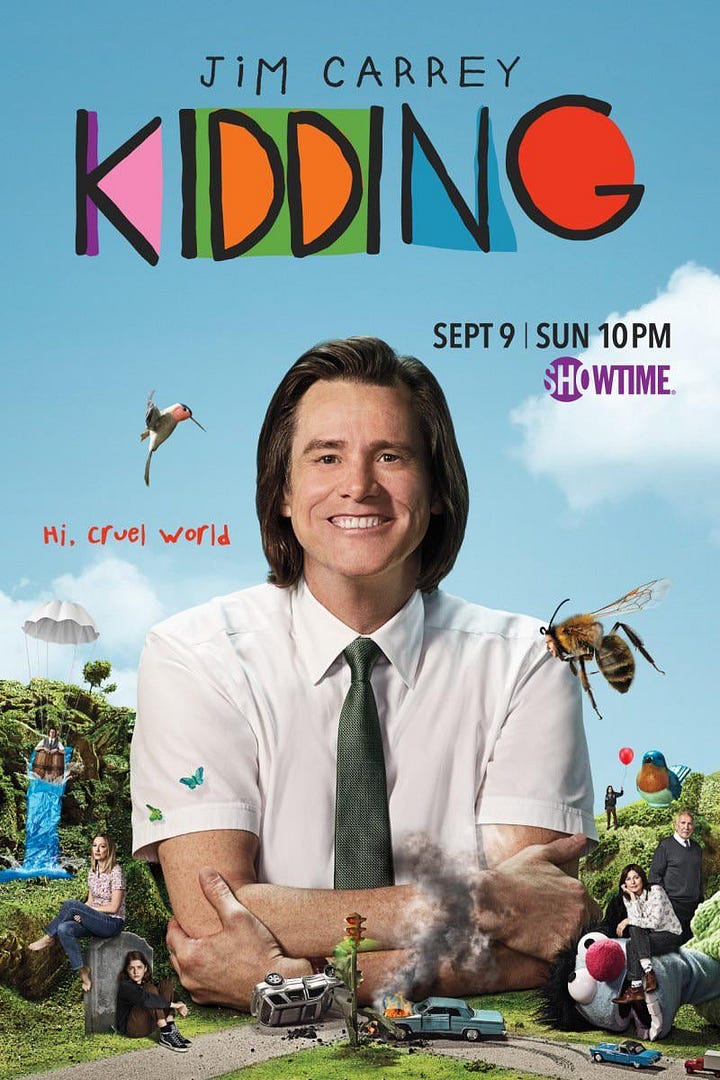

Carrey continued to take on diverse projects, from the dark comedy I Love You Phillip Morris (2009) to the thriller The Number 23 (2007), and the animated voice role of Ebenezer Scrooge in Robert Zemeckis’s A Christmas Carol (2009). On television, Carrey produced and starred in Showtime’s Kidding (2018–2020), for which he was nominated for another Golden Globe, and he delivered a lauded, uncanny impersonation of Joe Biden on Saturday Night Live (Itzkoff; Bahr).
Carrey’s career includes two Golden Globe wins, six MTV Movie Awards, a BAFTA nomination (Eternal Sunshine), and the 2006 MTV Generation Award, recognizing his influence on American popular culture (Itzkoff; “Jim Carrey Biography,” Britannica).
Carrey’s journey as a visual artist began privately in the late 2000s, intensifying after personal crises; including depression, the suicide of his former partner Cathriona White in 2015, and a period of withdrawal from acting (Ryzik; Maccarone Gallery). Carrey described art as his “salvation” and a “way to bring color into the darkest moments” (Carrey, qtd. in Ryzik). His works, are typified by vivid colors, thick impasto, bold linework, and a satirical edge targeting political figures, celebrity culture, and existential anxieties.
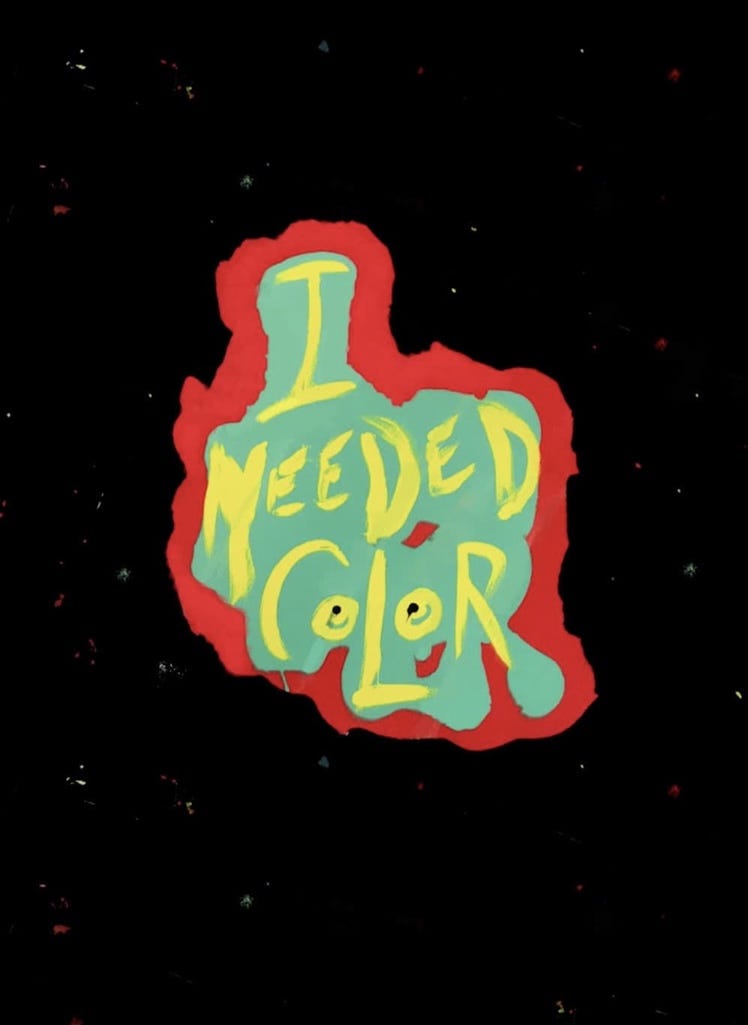
Carrey’s art entered public consciousness through viral posts on Twitter and Instagram, as well as the short film Jim Carrey: I Needed Color (2017), directed by David Bushell. The documentary, available on Vimeo and Netflix, offered rare insights into Carrey’s process and motivation (Ryzik). His works frequently draw on the tradition of political caricature and pop surrealism, blending humor, pathos, and visual assault.
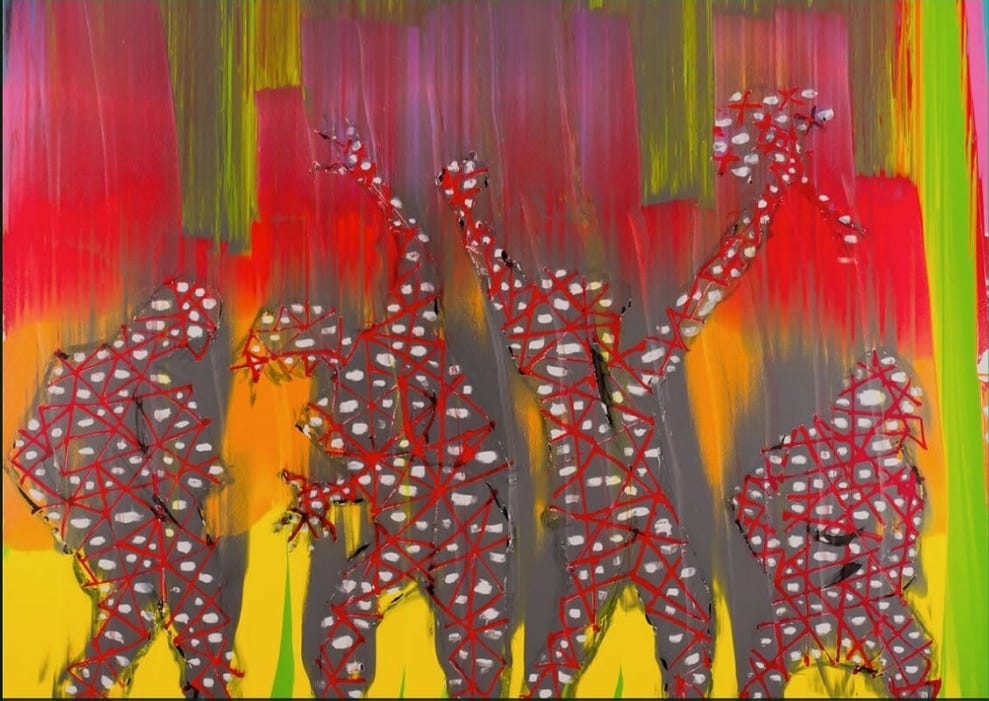
Hooray, We Are All Broken (2017), a cathartic self-portrait exhibited at Maccarone Gallery’s Sunshower (2018), which New York Magazine called “startlingly honest” (Ryzik; “Jim Carrey: Sunshower,” Maccarone Gallery).

Trump: The Art of the Meal (2018), part of a series of scathing portraits critiquing the Trump administration, featured in major news outlets and acquired by private collectors (Knight).
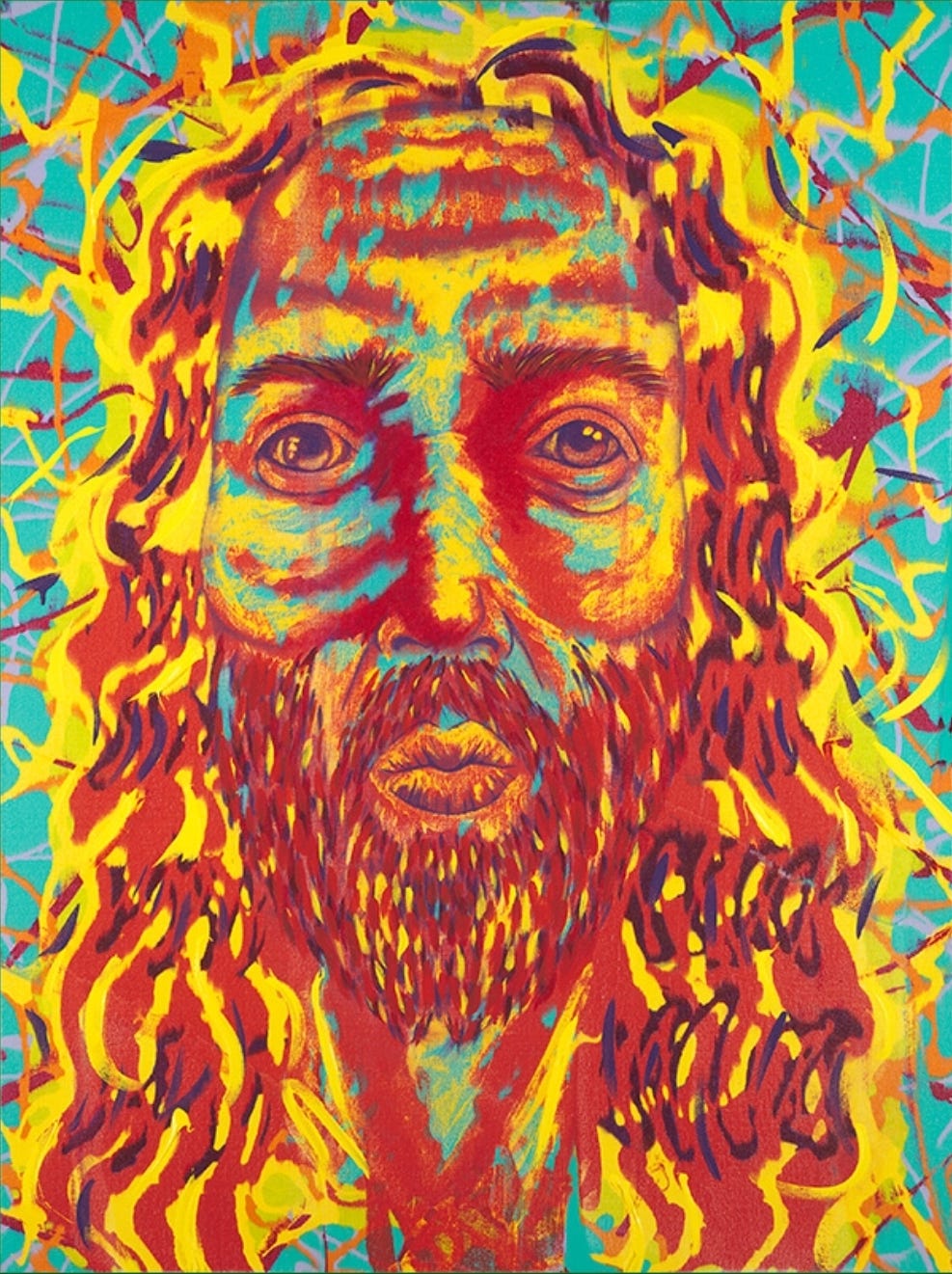
Electric Jesus (2018), a psychedelic, multicolored rendering of Christ, which appeared in Sunshower and was later included in Vanity Fair and Vulture articles on Carrey’s art (Maccarone Gallery; Ryzik).

Carrey’s debut solo exhibition, Sunshower, opened at Maccarone Gallery in Los Angeles in October 2018, presenting over 100 paintings, drawings, and mixed-media sculptures. His works have also been shown at Signature Gallery Group (Las Vegas, Palm Desert, New York) and were featured in the 2020 group show Political Art Today at the California Museum of Art Thousand Oaks (Maccarone Gallery; Ryzik).



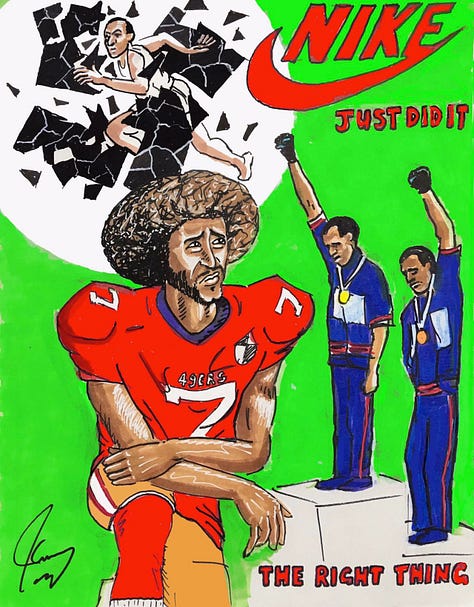
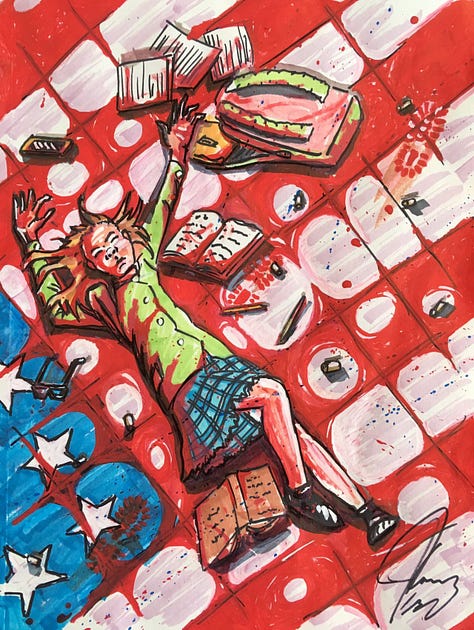
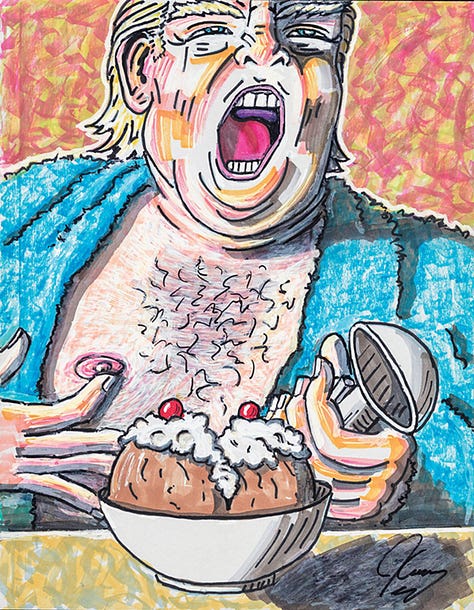
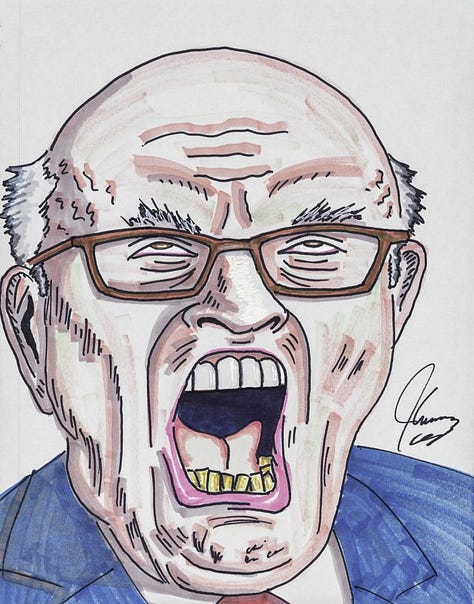

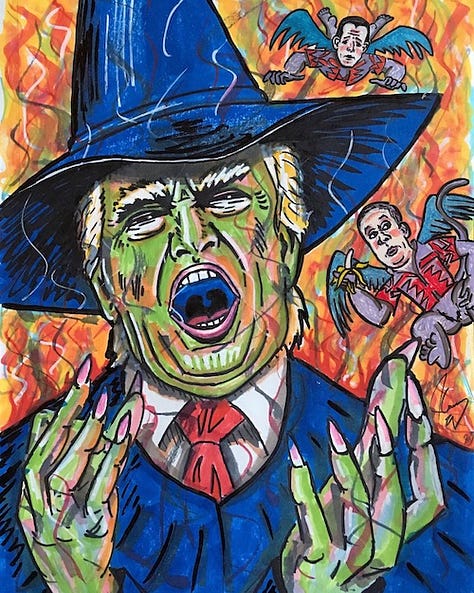
Carrey’s visual art confronts politics, identity, and psychological distress. His paintings, sometimes harshly satirical, sometimes tender, frequently address social justice, climate crisis, gun violence, and the cult of celebrity. In an interview with The New York Times, Carrey explained, “Painting lets me get to the truth, past the masks we wear” (Carrey, qtd. in Ryzik). His work draws inspiration from Picasso, Basquiat, and 1960s psychedelic pop, but its tone and purpose are distinctively Carrey’s; simultaneously playful, angry, and searching (Knight).

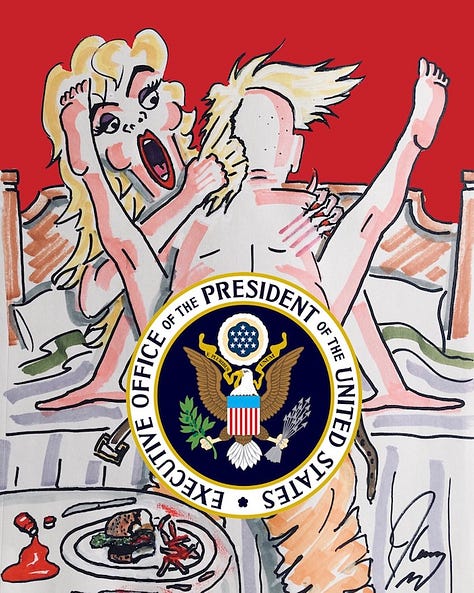
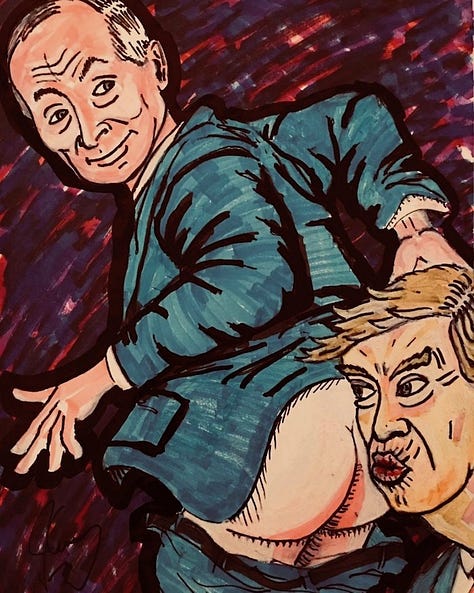
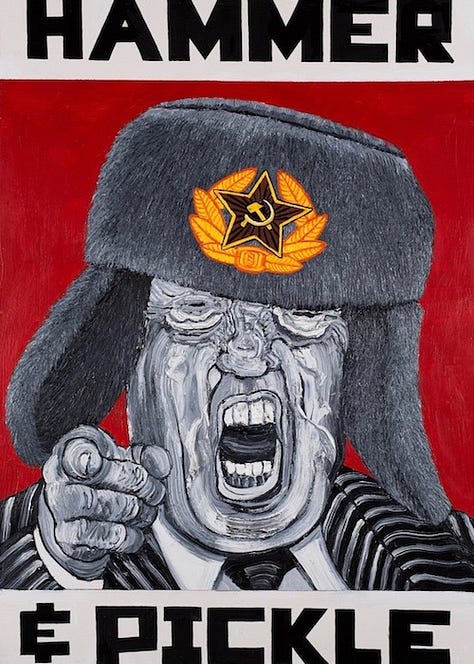
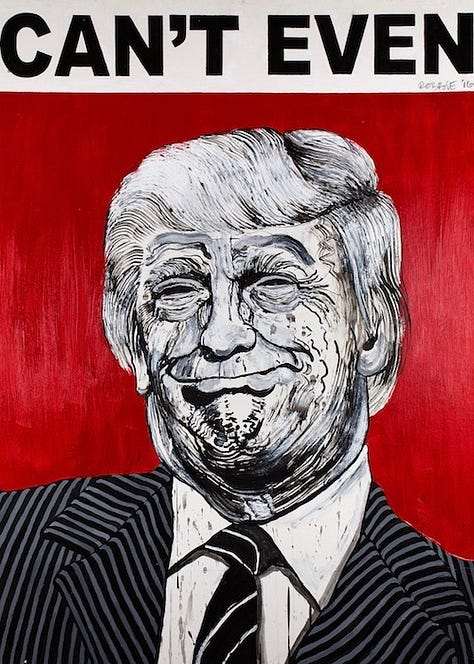
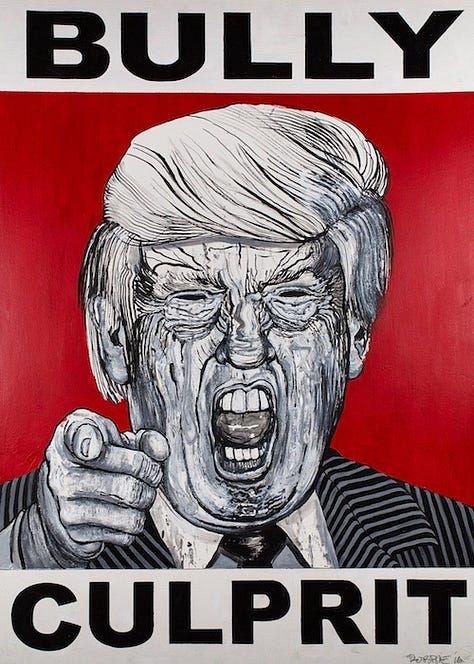
While some critics initially dismissed Carrey’s work as “celebrity hobbyism,” the art world has begun to reassess his paintings for their intensity and political urgency. Christopher Knight of the Los Angeles Times wrote, “Carrey’s paintings are unfiltered, visually blunt, and, above all, engaged… an antidote to the passivity of so much celebrity art.” (Knight). Other critics have praised his ability to translate personal trauma into “outsider art” that resonates with contemporary anxieties (Ryzik; O’Sullivan).
Carrey’s practice is prolific and disciplined; he has described painting for “hours every day,” producing hundreds of works and using his platform to amplify causes such as climate action and racial justice (Carrey, Instagram; Maccarone Gallery). In addition to painting, he has experimented with sculpture and digital art, including animated GIFs distributed via Twitter (Knight; O’Sullivan).
Jim Carrey’s career is a study in reinvention, resilience, and relentless creative searching. From the poverty and instability of his Canadian youth to the heights of Hollywood and the solitude of the art studio, Carrey has consistently channeled pain into performance and introspection into art. On screen, he remade slapstick for a new era and delivered unforgettable dramatic performances; on canvas, he has fearlessly lampooned, mourned, and interrogated the world and his own psyche. Carrey’s artistic output, sprawling, earnest, and politically engaged, confirms that his legacy extends well beyond the comedy stage or movie screen. In both his films and his paintings, Jim Carrey invites us to confront absurdity and heartbreak with laughter, honesty, and color.
References:
Bahr, Lindsey. Netflix's Jim & Andy Pulls Back the Curtain on Jim Carrey's Transformation into Andy Kaufman. Los Angeles Times, 17 Nov. 2017, https://www.latimes.com/entertainment/movies/la-et-mn-jim-and-andy-review-20171117-story.html.
Carrey, Jim. Fan Account. Instagram. https://www.instagram.com/jimcarrey__. Accessed 9 March 2025.
Ebert, Roger. The Mask Movie Review & Film Summary (1994). RogerEbert.com, 29 July 1994, https://www.rogerebert.com/reviews/the-mask-1994.
Hornaday, Ann. Jim Carrey’s Career: From Goofball to Genius. The Washington Post, 22 Dec. 2004, https://www.washingtonpost.com/archive/lifestyle/style/2004/12/22/jim-carreys-career-from-goofball-to-genius/60e527f8-7635-4a62-9195-2a4c15137d3b/.
Itzkoff, Dave. Jim Carrey: No Apologies. The New York Times, 13 Sept. 2018, https://www.nytimes.com/2018/09/13/arts/television/jim-carrey-kidding.html.
Jim Carrey Biography. Encyclopedia Britannica, 2025, https://www.britannica.com/biography/Jim-Carrey.
Jim Carrey: Sunshower. Maccarone Gallery, 2018, https://www.maccarone.net/exhibitions/jim-carrey-sunshower.
Knight, Christopher. Jim Carrey’s Trump Paintings Are Political and Raw. Los Angeles Times, 5 July 2018, https://www.latimes.com/entertainment/arts/la-et-cm-jim-carrey-art-review-20180705-story.html.
O’Sullivan, Michael. Jim Carrey, Artist: What the Star’s Blunt and Cartoonish Political Art Tells Us About Him. The Washington Post, 12 July 2018, https://www.washingtonpost.com/entertainment/museums/jim-carrey-artist-what-the-stars-blunt-and-cartoonish-political-art-tells-us-about-him/2018/07/11/5b207d34-8332-11e8-9e80-403a221946a7_story.html.
Ryzik, Melena. Jim Carrey, Unmasked. The New York Times, 17 Aug. 2017, https://www.nytimes.com/2017/08/17/arts/jim-carrey-art.html.




I kept finding myself saying, “wow”. “Wow”. “Oh wow!”
I love the clip of his first Carson appearance. What he does with his face is incredible. He does this Elvis impression which is almost painful in how by twisting he gets into his character. At first you are not sure it’s going to all work out!
My favorite Batman movie of all is this one with Val Kilmer and Nicole Kidman as Chase Meridian. Carrey is super fluid and basically like he just stepped out of a comic book. One can see he studied Frank Gorshen closely. I watched enough of the original series to have those moves by heart and Jim got every nuance. He is a master.
Eternal Sunshine is one of my favorite all time movies. It is the most empathetic character he has played, though he has many. I adore the chemistry he generates with Winslet. It is also a movie I became a believer in her, because I do have this very strict rejection of anything Cameron-Titanic related.
The art! The color work I love. I do think his satire is 100% ON, as you mention. He has a deep attention to nuance and I can see why his work is collected.
Super fun piece. Thank you for reposting it!